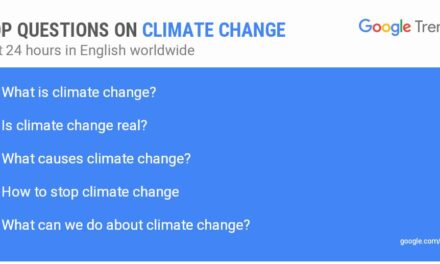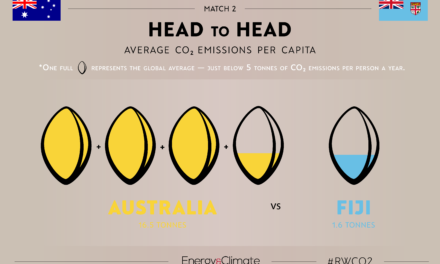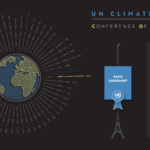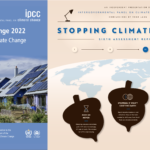Available Now: Natural Climate Solutions
This article was first published on Nature4Climate, an initiative of UNDP, UN-REDD, UNEP, CBD, IUCN, Conservation International, The Nature Conservancy, WCS, Woods Hole Research Center, WBCSD, WRI and WWF.
____
The 2020s is to be the decade of ecosystem restoration. Yet for those willing to confront the unequivocal facts of climate change, the 2020s has to be the decade of everything. The IPCC outlined the task with sobering clarity in its special report on the Paris Agreement’s 1.5°C last year: the next decade is the decade we decide the future we get. Because responding to climate change is a timed test, we must mobilise everything we have — and everything, everyone knows, starts with nature.
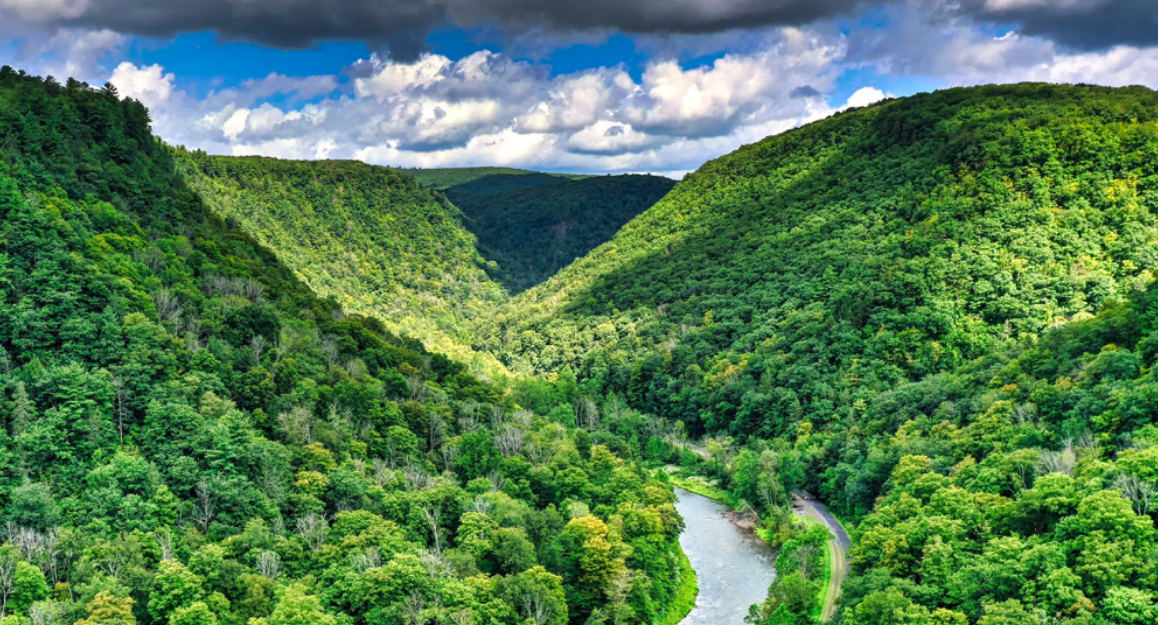
But nature has too often been neglected, or at best relegated, behind technology and engineering solutions. Carbon capture and storage, for instance, will not provide one third of the greenhouse gas mitigation required between now and 2030. Natural climate solutions (NCS), however, can. And they must. It has been estimated that NCS — that is, restoring, re-establishing and protecting forests, peatlands, mangroves and other landscapes — can provide one third of the cost-effective CO2 mitigation needed to 2030 for a good chance of holding warming to below 2°C. More remarkably, a third of that natural mitigation could be delivered at or below $10 per tonne of CO2.
So the fight to stop human-induced global warming must include nature-based solutions alongside the decarbonization of our energy and economic systems.
Consider the following:
- To date, NCS have only received about 2.5% of the funding allocated for climate mitigation globally (and about the same percentage of political attention);
- If degraded forests were allowed to regrow, they could capture up to three billion tonnes of carbon annually for as much as 60 years, providing us with a bridge to a fossil fuel-free world;
- Boosting the total area of the world’s forests and woody savannahs could store around one-quarter of the carbon necessary to limit global warming to 1.5°C;
- Global loss of ecosystem services due to land use change has been calculated at more than $4.3 trillion per year between 1997 and 2011;
- The degradation of nature undermines progress towards 80% of the UN SDGs and thus the creation of 380 million new jobs by 2030 that depend on the world achieving those goals. Meanwhile, NCS are completely indivisible with SDGs 1, 2, 6, 8 and 13;
- NCS provides the technology most readily at hand — carbon dioxide sequestration via photosynthesis, for example, has been around for a billion years.
NCS are not just mitigation solutions; they are adaptation, resilience and development approaches too. In the Sahel region in Africa, successfully adapting to a rapidly warming world and, at the same time, feeding a population set to double by 2050 is not a matter of mitigation, but one of survival. Examples of NCS there — including climate smart agriculture, agroforestry and reforestation — are already reaping rewards and delivering results. The Great Green Wall of Africa initiative, for example, is combining indigenous leadership and the empowerment of women as a dual strategy to drive continent-wide natural regeneration and reforestation.
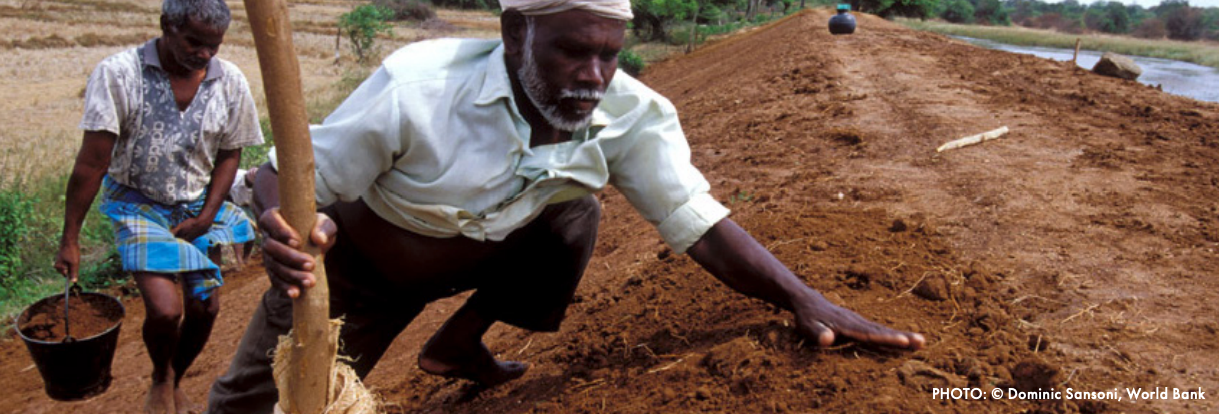
Deploying NCS helps minimise the societal and economic risks of climate change and biodiversity loss for humans. But deploying them also minimises risks for nonhuman animals and ecosystems. Last year a landmark UN global assessment warned that one million species are at risk of extinction, threatening the very foundations of our economies, livelihoods, food security, health, and quality of life. The following examples do have a strong forest component, but NCS is not simply a synonym for afforestation, reforestation and restoration (ARR). Protecting trees and planting trees may be among our most powerful weapons in the war against climate change, but for starters, trees have to be the right trees, and for the right place. It is only with a global perspective of all our terrestrial and coastal ecosystems — their processes, dependencies and impact on climate change mitigation and adaptation — that we can define effective targets and strategies for NCS.
As Paris Agreement signatories look to ratchet up their Nationally Determined Contributions (NDCs) with an eye to 2030, nature-based solutions wait impatiently. According to the 2019 UNEP Emissions Gap report, to limit warming ‘well below 2°C’, current NDC emission reductions need to be tripled, while holding warming below 1.5°C would require existing commitments to increase around fivefold.
As it stands, the inclusion of nature-based actions within NDCs remains highly variable, with most countries overlooking the full suite of nature-based actions for climate mitigation and adaptation. For example, while 42% of countries include actions and targets in their NDCs for afforestation/reforestation in terrestrial forest, only 19% do so for coastal habitats. Plenty of room for improvement, and plenty of room for coastal habitats to make up ground on their inland relatives.
In many cases, NCS-related commitments already exist in one form or another in existing international frameworks or fora, such as National Biodiversity Strategies and Action Plans (NBSAPs), REDD+ strategies and action plans, the Bonn Challenge and the United Nations Convention to Combat Desertification (UNCCD). There are easy wins to increase NDC action; there are harder ones, too.
The call for more combatively defending the living world with the living world is gaining pace. The following examples illustrate that a call to nature can soon transform into action that produces results for our climate, while also delivering ecological, economic and social benefits for the people that rely on it.
It is clear that we need nature now.

